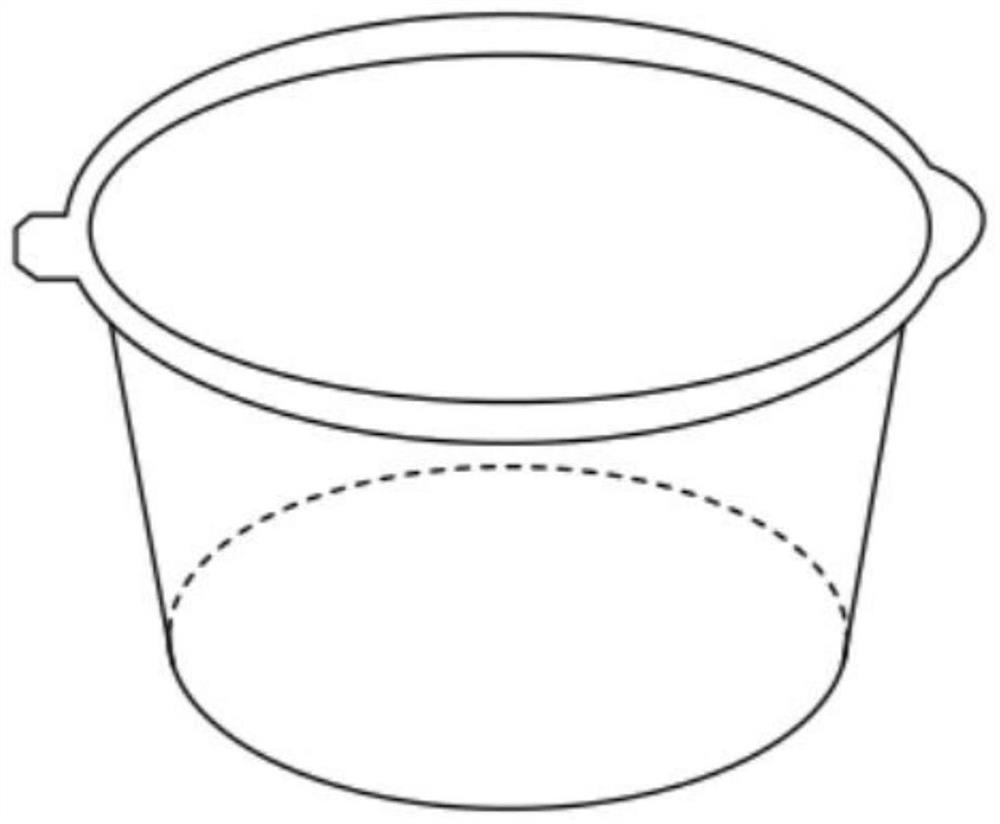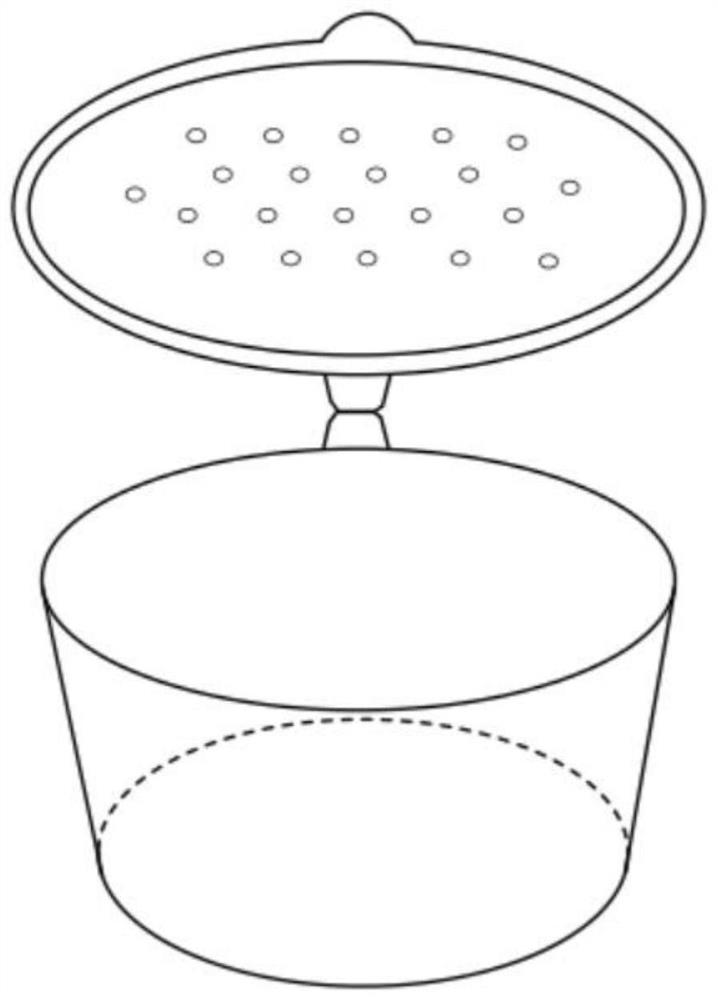Breeding method of lasioseius sugawarai ehara and rhizoglyphus robini as prey of lasioseius sugawarai ehara
A technology of hair seius mites and prey, which is applied to the breeding field of hair seius mites sugawara and its prey root mite robin, can solve problems such as soil, environmental pollution, failure to plant agricultural products, and decline in agricultural product yields, and achieve low cost and high equipment efficiency. Low-cost, low-cost effects required
- Summary
- Abstract
- Description
- Claims
- Application Information
AI Technical Summary
Problems solved by technology
Method used
Image
Examples
Embodiment 1
[0031] The present embodiment proposes a raising method of Chryseius sugawarai and its prey Rhizopus robinensis, comprising, the specific raising method steps are as follows:
[0032] Step 1: Choose a suitable and transparent plastic breeding box and box cover, and use a needle to poke a ring-shaped hole on the plastic breeding box cover to ensure sufficient oxygen in the box;
[0033] Step 2: After washing the potatoes with clean water, peel them, cut them into rectangular cubes of suitable size and place them in the plastic breeding box in Step 1;
[0034] Step 3: put the prey root mite Robinia in the breeding box containing potatoes as feed;
[0035] Step 4: when the prey Rhizoctonia robinensis on the feed reaches 80-100 heads / gram, insert the predator mite Chryseoseius sugawara, and the density is 80-100 heads / kg;
[0036] Step 5: Put the breeding box containing the feed, the predatory mite Chryseius sugawarai and its prey Rhizoma robinensis into an artificial climate box...
Embodiment 2
[0044] The present embodiment proposes a raising method of Chryseius sugawarai and its prey Rhizopus robinensis, comprising, the specific raising method steps are as follows:
[0045] Step 1: Choose a suitable and transparent plastic breeding box and box cover, and use a needle to poke a ring-shaped hole on the plastic breeding box cover to ensure sufficient oxygen in the box;
[0046] Step 2: After washing the potatoes with clean water, peel them, cut them into rectangular cubes of suitable size and place them in the plastic breeding box in Step 1;
[0047] Step 3: put the prey root mite Robinia in the breeding box containing potatoes as feed;
[0048] Step 4: when the prey Rhizoctonia robinensis on the feed reaches 80-100 heads / gram, insert the predator mite Chryseoseius sugawara, and the density is 80-100 heads / kg;
[0049] Step 5: Put the breeding box containing the feed, the predatory mite Chryseius sugawarai and its prey Rhizoma robinensis into an artificial climate box...
Embodiment 3
[0057] The present embodiment proposes a raising method of Chryseius sugawarai and its prey Rhizopus robinensis, comprising, the specific raising method steps are as follows:
[0058] Step 1: Choose a suitable and transparent plastic breeding box and box cover, and use a needle to poke a ring-shaped hole on the plastic breeding box cover to ensure sufficient oxygen in the box;
[0059] Step 2: After washing the potatoes with clean water, peel them, cut them into rectangular cubes of suitable size and place them in the plastic breeding box in Step 1;
[0060] Step 3: put the prey root mite Robinia in the breeding box containing potatoes as feed;
[0061] Step 4: when the prey Rhizoctonia robinensis on the feed reaches 80-100 heads / gram, insert the predator mite Chryseoseius sugawara, and the density is 80-100 heads / kg;
[0062] Step 5: Put the breeding box containing the feed, the predatory mite Chryseius sugawarai and its prey Rhizoma robinensis into an artificial climate box...
PUM
 Login to View More
Login to View More Abstract
Description
Claims
Application Information
 Login to View More
Login to View More - R&D
- Intellectual Property
- Life Sciences
- Materials
- Tech Scout
- Unparalleled Data Quality
- Higher Quality Content
- 60% Fewer Hallucinations
Browse by: Latest US Patents, China's latest patents, Technical Efficacy Thesaurus, Application Domain, Technology Topic, Popular Technical Reports.
© 2025 PatSnap. All rights reserved.Legal|Privacy policy|Modern Slavery Act Transparency Statement|Sitemap|About US| Contact US: help@patsnap.com


